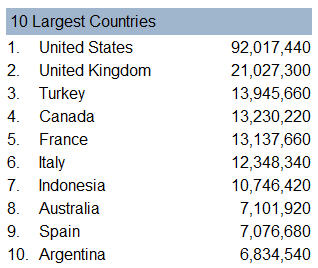SmartCompany webinar next Monday to feature SME Tech Summit speakers
SmartCompany magazine is running a webinar on Monday 16 November at 2pm: How Small and Mid-Sized Companies are Using Technology to Drive Business Success.
The webinar will provide a preview to some of the outstanding content at SME Technology Summit.
Amanda Gome, Publisher of SmartCompany, will moderate the discussion and share some of her insights in running a young and rapidly growing company, as well in covering the best of what’s happening in small and mid-sized business in Australia.
Matt Barrie, CEO of Freelancer.com, will discuss how companies can best take advantage of online outsourcing to build efficiencies, scale operations, and grow companies rapidly.
Suzi Dafnis, Community Director of Australian Businesswomen’s Network, will draw on her extensive experience in building online communities using blogs, forums and other tools.
David James, CEO of Brasserie Bread, will share how he has rapidly grown a real-world business using Twitter and other social media tools.
See the full SME Technology Summit agenda for details of what they will be speaking about and where they fit into the array of valuable content available on the day.
And be sure to register for the webinar to get these speakers great insights! There will be three complimentary passes to the Summit drawn at the end of the webinar.


